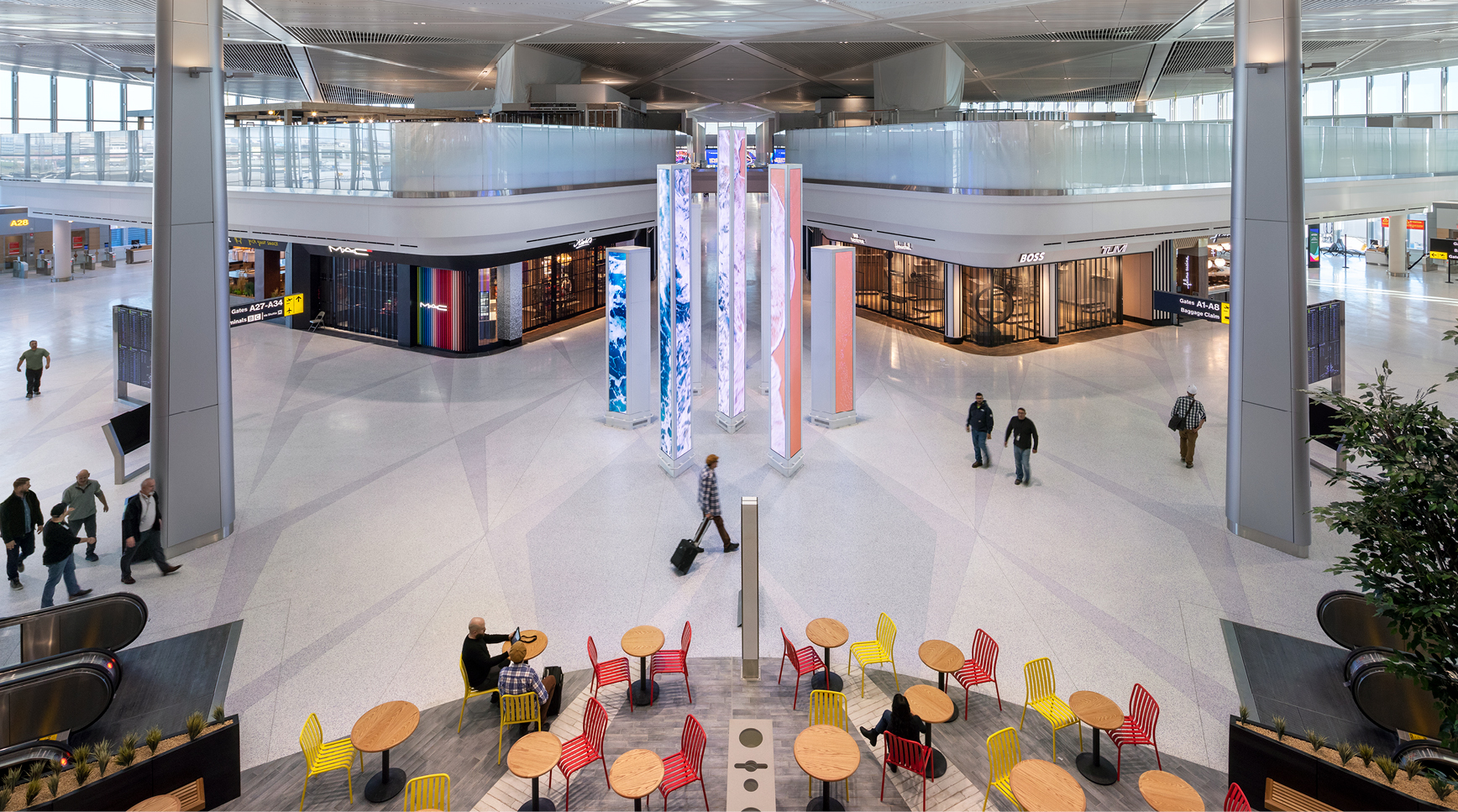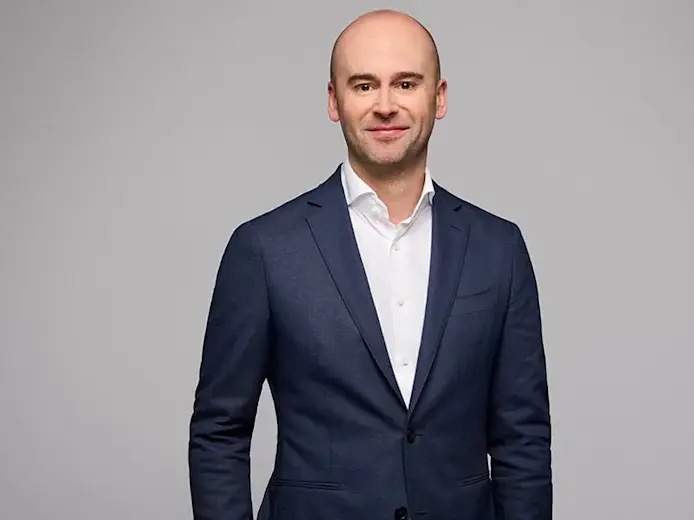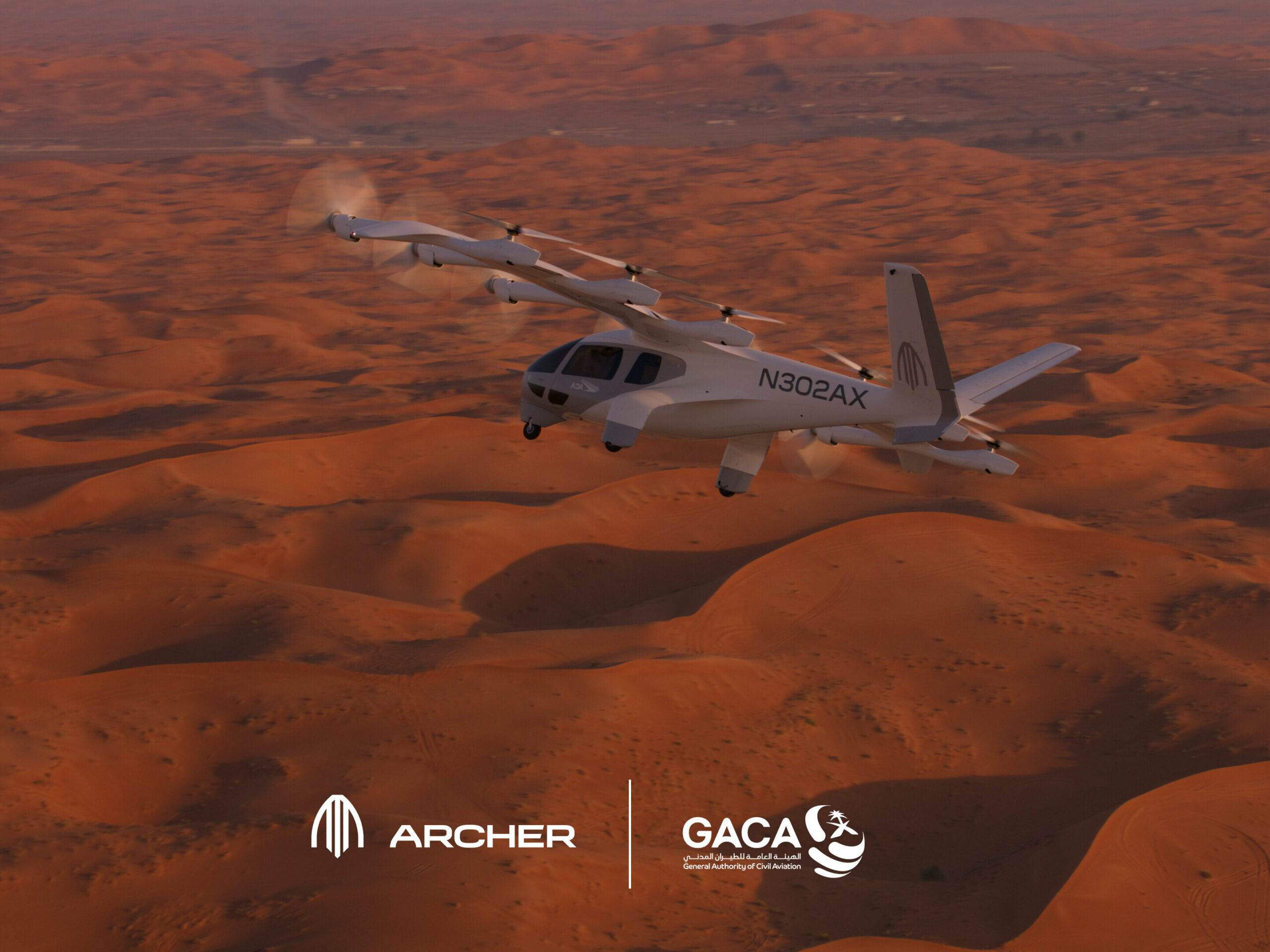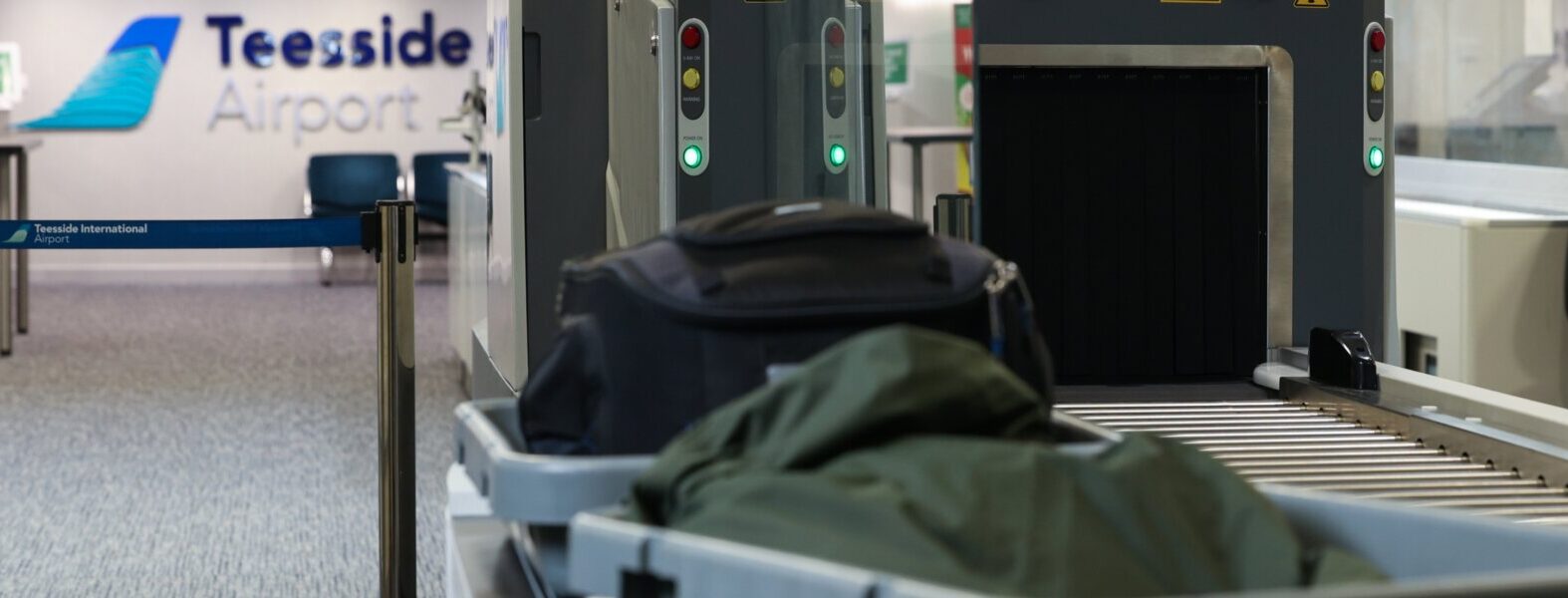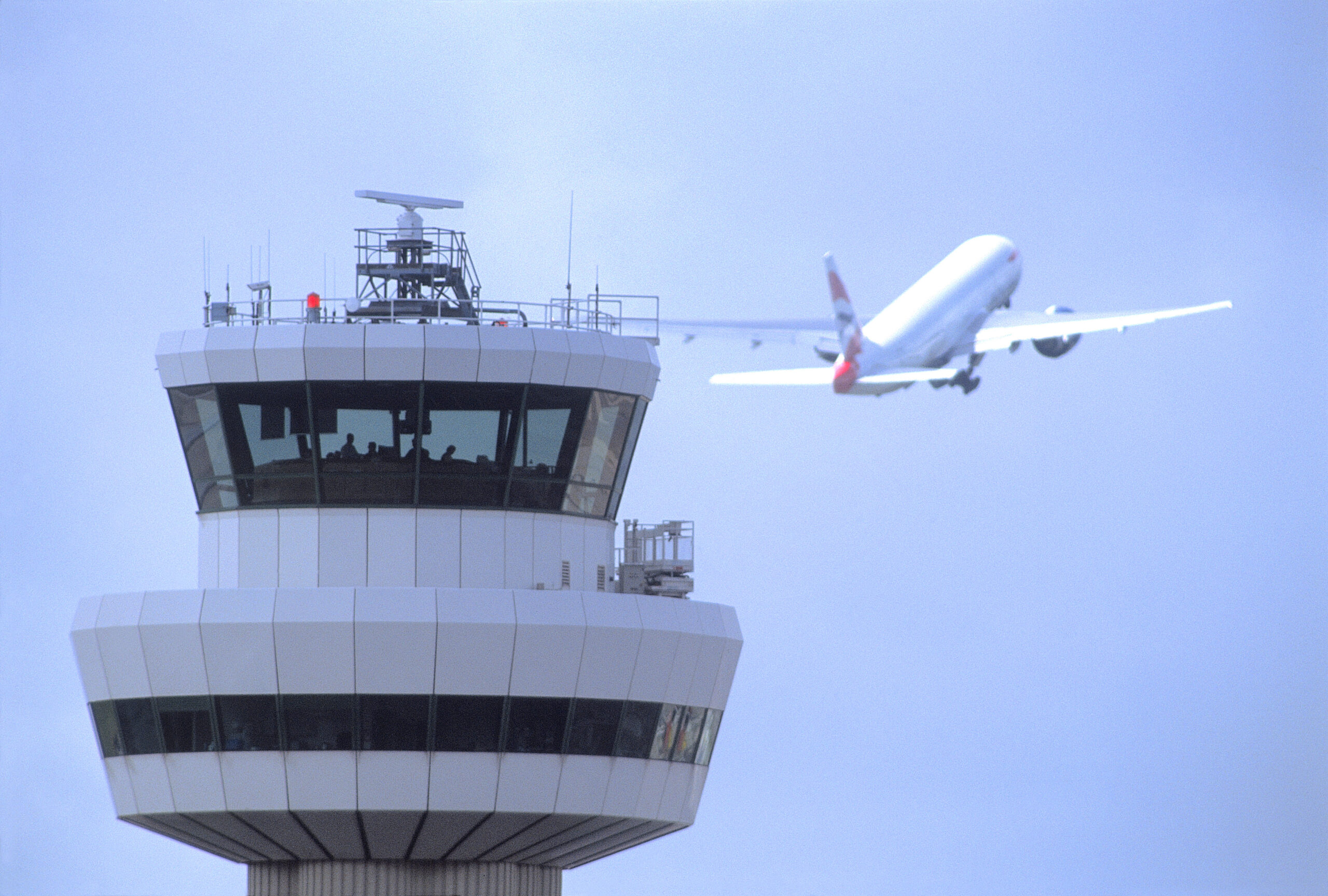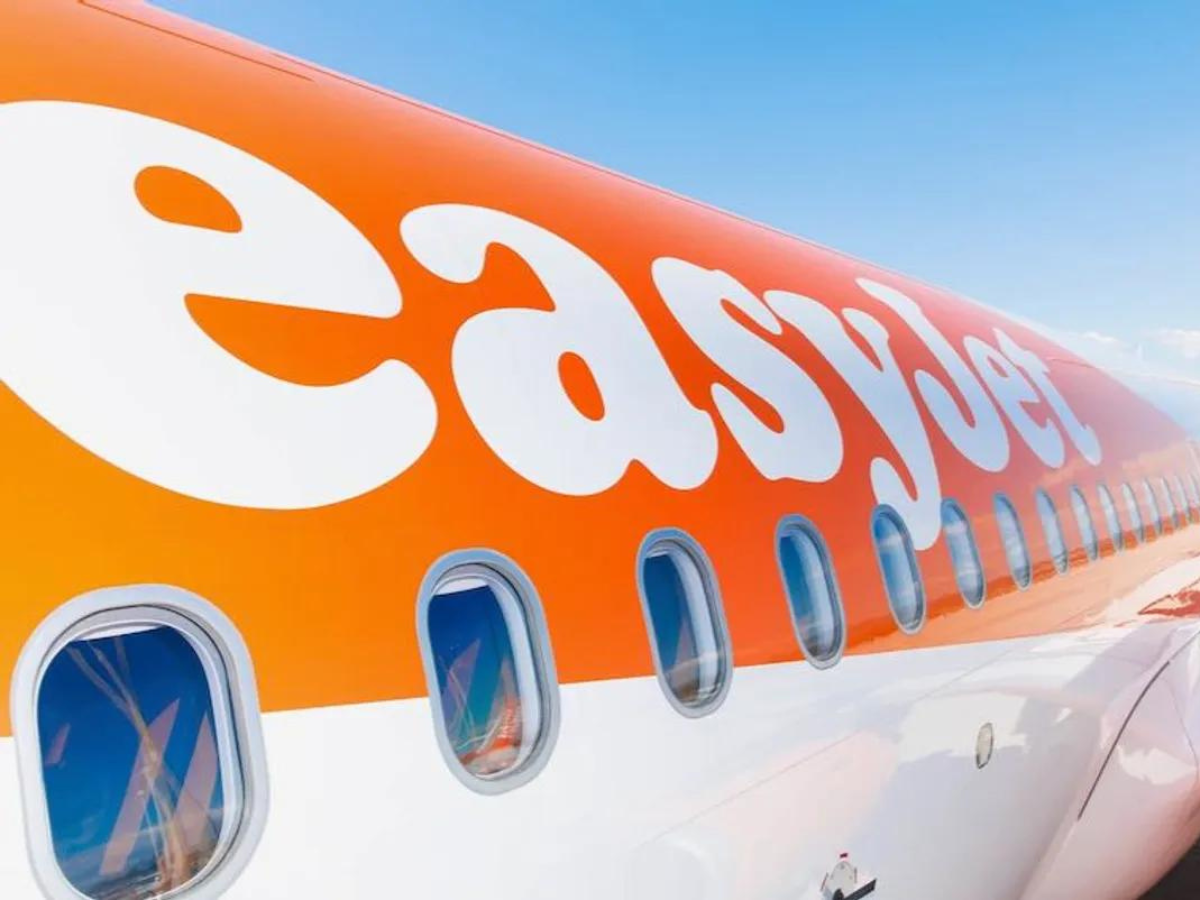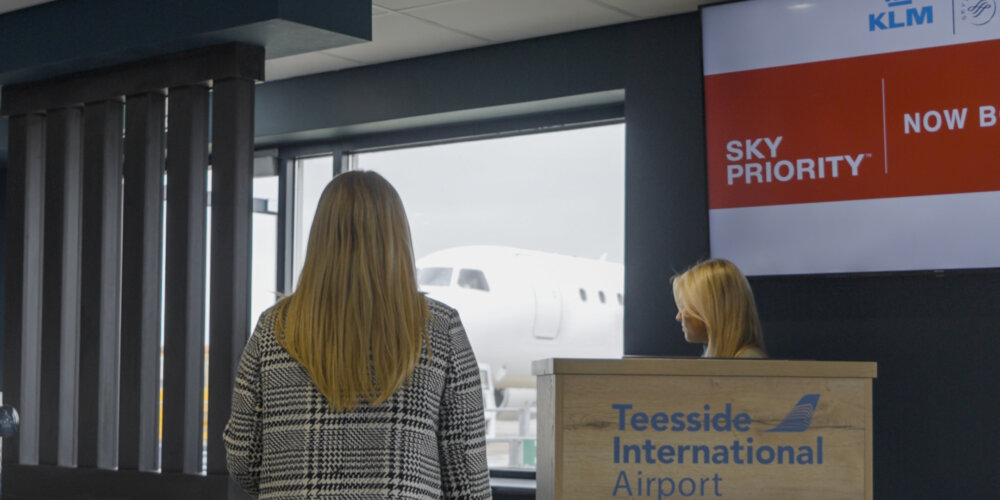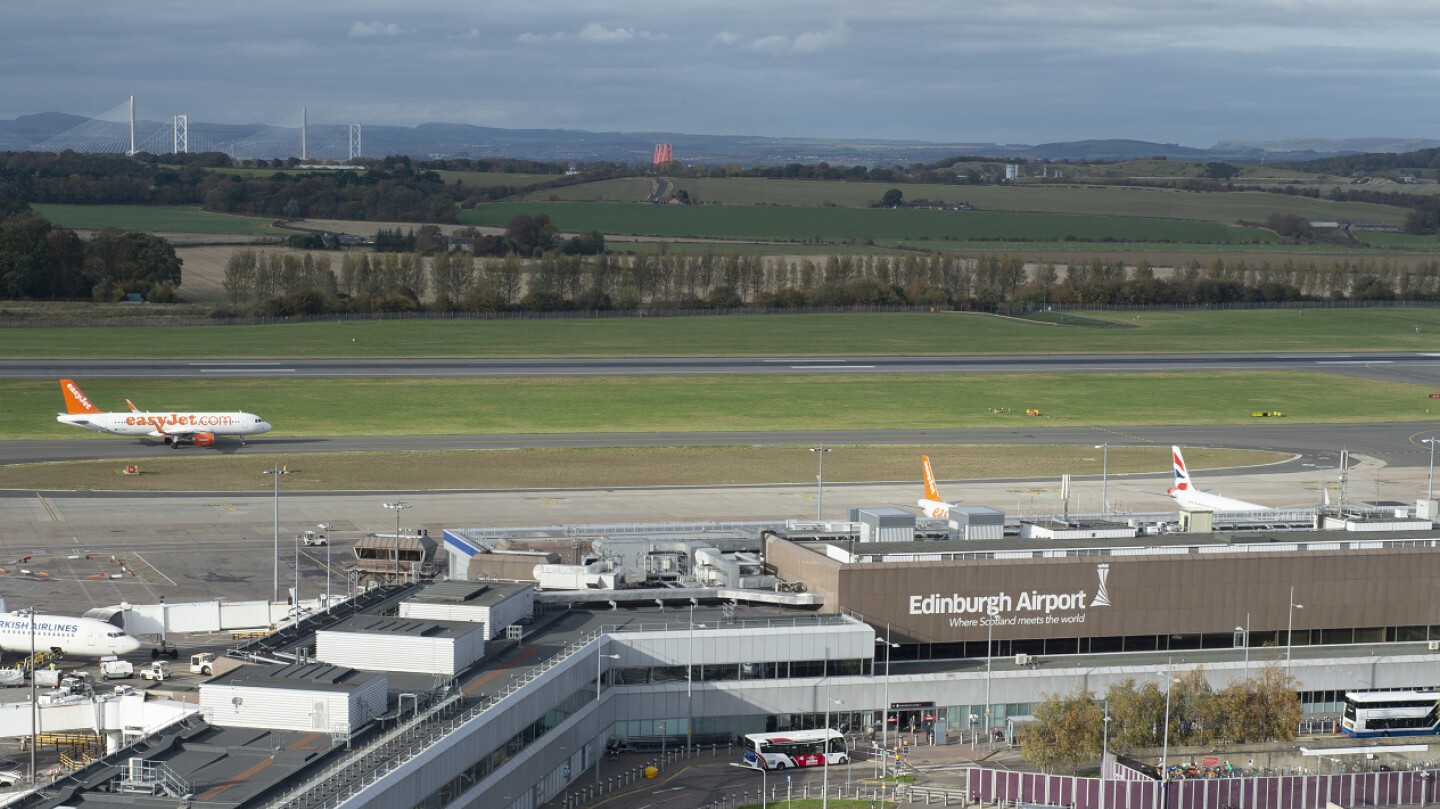In Northern England, major projects are being delivered at Teesside International Airport during an exciting and dynamic phase for the airport’s development.
The regional airport is a key part of the Teesside Freeport, home to a burgeoning freight facility and developing its own business park on its southern side.
Brought back into public hands in 2019, Teesside Airport has seen investment in its land and assets to create a 200 million GBP Business Park South on 2.8 million sq ft of land south of the runway.

This has opened up Grade A industrial development opportunities for sectors including aviation, logistics, manufacturing, life sciences, laboratory, green energy and data storage.
These all benefit from airside access if required – and from the advantages of being based within the Teesside Freeport, where customs benefits can be reaped.
Companies already taking advantage of the wider airport site include FedEx, Willis and Draken. The airport also recently welcomed global aircraft painting firm Airbourne Colours, with Teesside International developing 27,000 sq ft hangar to help it deliver work for airlines such as EasyJet, Jet2, Loganair, TUI and others.
Phil Forster, Managing Director of Teesside International Airport said:We now have a full range of freight handling services as an approved Regulated Agent, and both Business Park North and Business Park South are already attracting significant interest. We’re going to have a lot of exciting announcements in the coming months.
Linked by the A1(M) and A66 nearby, and the East Coast Main Line in Darlington, the Airport Business Park is looking to take advantage of its road and rail links as well as its air connections.
A 20 million GBP redevelopment of the Airport Station was approved in January with money from the Tees Valley Combined Authority – with consideration for how passengers and workers get to the airport terminal and key business park job sites.
A newly built mile-long road to Business Park South from the A67 was also opened earlier this year, named Mynarski Way after Canadian air gunner Andrew Mynarski, who flew from Teesside Airport in the Second World War.
The Business Park South developments will cover 270 acres and create up to 4,400 jobs when fully operational. Four units covering 130,000 sq ft are being created in the first phase of the development.
The first 25,000 sq ft unit has now been built and detailed discussions are progressing with a number of interested parties.
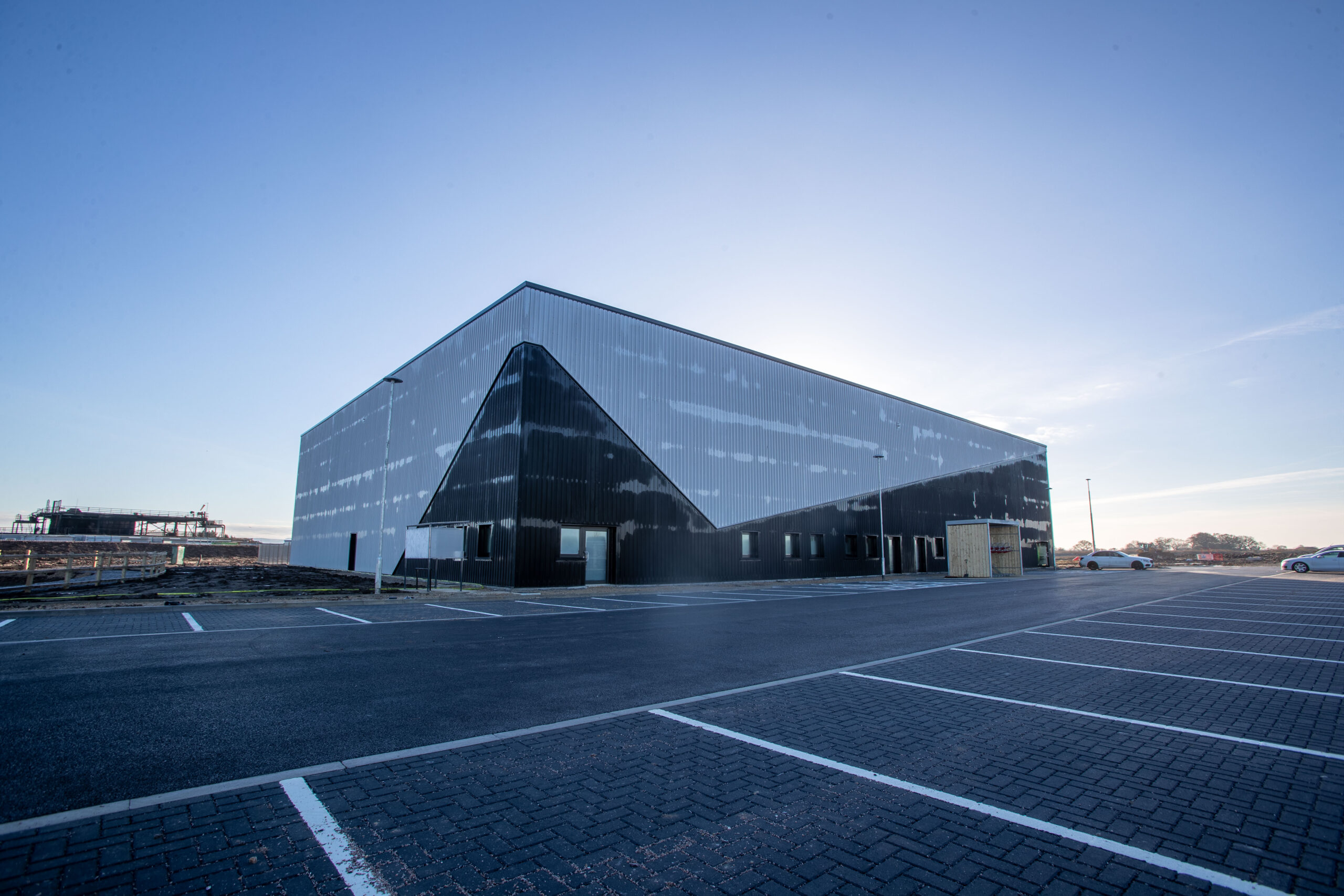
Meanwhile, Business Park North is home to 300,000 sq ft of developments with more than 40 existing occupiers from a range of industries.
A state-of-the-art Jet Centre and Aviation Village led by Willis Aviation has planning approval on a 49-acre stretch of land west of the main terminal building for hangars to provide aircraft maintenance, repair and overhaul (MRO) and painting operations, as well as a fixed base operation (FBO) building for business aviation.
March saw FedEx, the world’s largest transportation company, sign a five-year deal for an airfreight handling facility to meet growing demand – with eight additional inbound and outbound flights a week.
Forster noted:When it comes to cargo, we’re slap bang in the middle of Britain and offer a great gateway to the North of England. We’re constantly in a productive dialogue with airlines, operators and companies to talk up Teesside Airport and the unique opportunities we have at the business park.
In addition to its cargo growth, Teesside was named UK and Irish Airport of the Year at the TTG Travel Industry Awards last year after winning recognition for its growth in flights and delivering a great passenger experience.
What’s more, last year, the airport became the first in the UK to scrap the 100ml liquid restrictions at security thanks to scanner upgrades. It also became the first in the UK to offer direct lounge to aircraft boarding in April.
This article was first published in the Airport Industry-News magazine.



